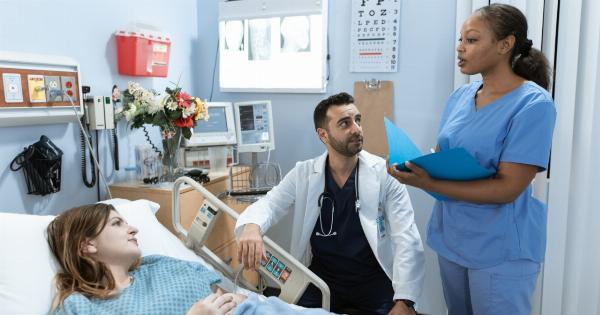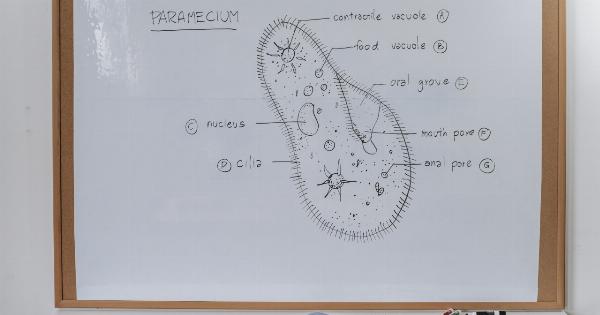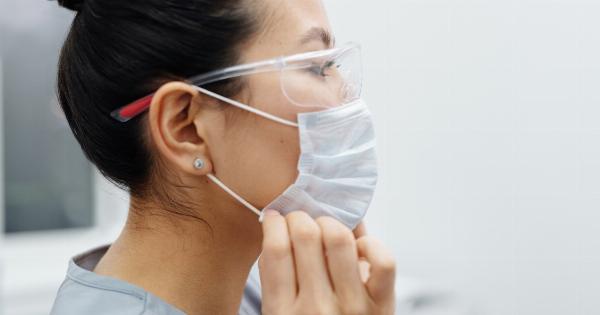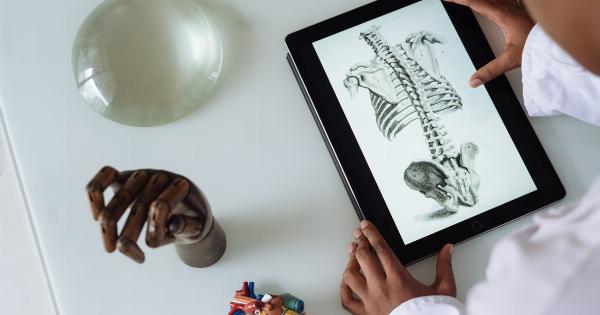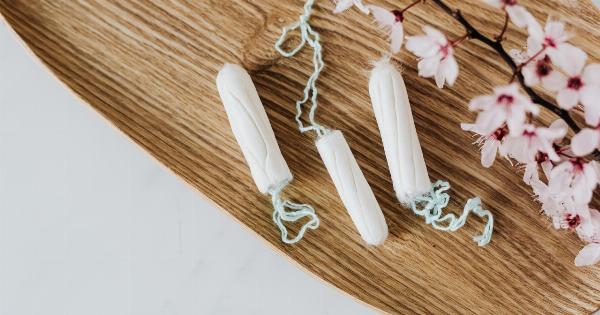Uterine fibroids, also known as leiomyomas, are non-cancerous growths that develop in or around the uterus. They are quite common, with about 70% to 80% of women experiencing them by the age of 50.
While fibroids are generally harmless, they can cause uncomfortable symptoms and, in some cases, lead to complications. In this article, we will explore what uterine fibroids are, their symptoms, possible causes, and available treatment options. Read on to learn more about dealing with uterine fibroids.
What are Uterine Fibroids?
Uterine fibroids are tumors that grow in the muscle layers of the uterus. They can vary in size, ranging from as small as a pea to as large as a melon.
While the exact cause of fibroids is unknown, several factors may increase the risk of developing them, including hormonal imbalances, genetics, and certain lifestyle factors.
Symptoms of Uterine Fibroids
The majority of women with uterine fibroids do not experience any symptoms. However, when symptoms are present, they may include:.
- Heavy or prolonged menstrual periods
- Severe menstrual cramps
- Abdominal pain or pressure
- Pelvic pain
- Frequent urination
- Difficulty emptying the bladder
- Constipation
- Backache or leg pain
- Pain during intercourse
- Enlarged abdomen or uterus
If you experience any of these symptoms, it is important to consult your healthcare provider for a proper diagnosis and treatment plan.
Diagnosis of Uterine Fibroids
To diagnose uterine fibroids, your doctor may perform a pelvic examination to check the size and shape of your uterus. They may also recommend additional tests such as:.
- Ultrasound: This imaging test uses sound waves to create a visual of the uterus, allowing your doctor to see any fibroids present.
- MRI (Magnetic Resonance Imaging): This test provides more detailed images of the uterus and can help determine the size and location of fibroids.
- Hysteroscopy: This procedure involves inserting a thin, lighted tube with a camera into the uterus to examine the cavity and detect any abnormalities.
- Biopsy: In rare cases, a small tissue sample may be taken and analyzed to confirm the diagnosis of fibroids.
Treatment Options for Uterine Fibroids
If you have been diagnosed with uterine fibroids and are experiencing symptoms, your doctor may recommend one or more of the following treatment options:.
- Watchful Waiting: If your fibroids are small and not causing any significant symptoms, your doctor may suggest monitoring them over time without any active treatment.
- Medications: Certain medications, such as hormonal birth control or gonadotropin-releasing hormone agonists, may help manage symptoms like heavy bleeding and pelvic pain.
- Non-invasive Procedures: Procedures like uterine artery embolization and focused ultrasound surgery can be used to shrink or destroy fibroids without surgery.
- Minimally Invasive Surgery: Procedures like laparoscopic or robotic-assisted myomectomy can remove fibroids while preserving the uterus.
- Hysterectomy: In severe cases or when fertility is not a concern, a hysterectomy, which involves the removal of the uterus, may be recommended.
The choice of treatment depends on various factors such as the size, number, and location of the fibroids, as well as the severity of symptoms and the desire for future fertility.
Managing Symptoms at Home
In addition to medical treatments, there are certain self-care measures you can take to manage uterine fibroid symptoms:.
- Apply heat: Placing a heating pad or hot water bottle on your lower abdomen may help relieve pain and cramps.
- Exercise regularly: Engaging in physical activity can help reduce symptoms and promote overall well-being.
- Eat a healthy diet: Incorporating plenty of fruits, vegetables, and whole grains into your diet may help alleviate symptoms.
- Practice relaxation techniques: Techniques such as deep breathing, meditation, and yoga can help reduce stress and promote relaxation.
- Stay hydrated: Drinking an adequate amount of water can help manage symptoms like bloating and constipation.
It is important to note that these measures may provide relief but are not a substitute for medical treatment. Always consult with your healthcare provider before making any significant changes to your lifestyle or trying new remedies.
When to Seek Medical Help
While uterine fibroids are generally benign, there are situations where medical attention is necessary. You should seek prompt medical help if you experience:.
- Severe or prolonged pelvic pain
- Pain accompanied by fever or chills
- Excessive or prolonged vaginal bleeding
- Difficulty urinating or emptying your bladder
- Difficulty moving your bowels
These symptoms may indicate complications, such as infection or a rare twisting of the fibroid, requiring immediate medical attention.
Conclusion
Uterine fibroids are common benign growths that can cause uncomfortable symptoms in some women.
If you suspect you have uterine fibroids or are experiencing any related symptoms, it is important to consult your healthcare provider for an accurate diagnosis. With various treatment options available, you can manage the symptoms and improve your overall quality of life. Remember to discuss the potential risks and benefits of each treatment option with your doctor to make an informed decision.
By staying proactive and informed, you can effectively deal with uterine fibroids and regain control over your health.

